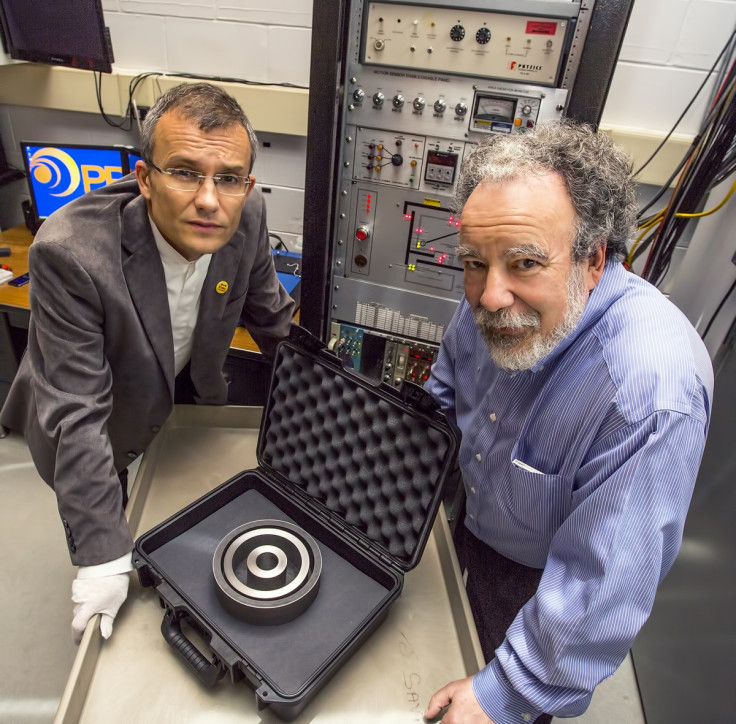Scientists Invent New Way To Spot Nuclear Warheads Using Physics

A group of scientists from Princeton University and the US Department of Energy's Princeton Plasma Physics Laboratory (PPPL) are working to develop a new system that would enable UN inspectors to detect nuclear warheads without countries needing to disclose classified information.
The scientists have come up with the "zero-knowledge protocol", which would enable an inspector to inspect a weapon and then compare it to a true warhead by beaming high-energy neutrons into each warhead, and then record how many neutrons pass through to detectors positioned on the other side.
Their research is published in this week's issue of Nature magazine.
"The goal is to prove with as high confidence as required that an object is a true nuclear warhead while learning nothing about the materials and design of the warhead itself," said physicist Robert Goldston, co-author of the paper, a fusion researcher and former director of PPPL, and a professor of astrophysical sciences at Princeton.
Disarming long-range delivery systems
Traditionally, nuclear arms negotiators focus on reducing the number of long-range nuclear weapon delivery systems, i.e. bombers, ballistic missiles and submarines, without taking the time to verify whether these defence tools actually contain nuclear warheads.
But if nuclear weapons are not on long-range systems, then it will be difficult to count how many exist.
"What we really want to do is count warheads," said physicist Alexander Glaser, first author of the paper and an assistant professor in Princeton's Woodrow Wilson School of Public and International Affairs and the Department of Mechanical and Aerospace Engineering.
This new approach would mean that no classified data would be required and no electrical components would be vulnerable to tampering and snooping, but many tests still need to be carried out to verify that it works.
Helping to advance disarmament talks
To do this, researchers are building test equipment, and experiments will be held at PPPL. Yale University researchers are designing gel-filled bubble detectors that will enable researchers to calculate how many high-energy neutrons pass through a non-nuclear target, called a British Test Object.
If the zero-knowledge protocol proves successful, dedicated inspection systems that measure radiation could help to advance disarmament talks between the US and Russia, as part of the New Strategic Arms Reduction Treaty (New START), which is in place from 2011 to 2021.
Each country is required by the treaty to reduce its arsenal of deployed strategic nuclear arms to 1,550 weapons, for a total of 3,100 by 2018.
The US and Russia each have over 4,000 non-deployed strategic and tactical weapons in their arsenal, and identifying which weapons constitute nuclear warheads will play a bigger part in future negotiations.
© Copyright IBTimes 2025. All rights reserved.






















